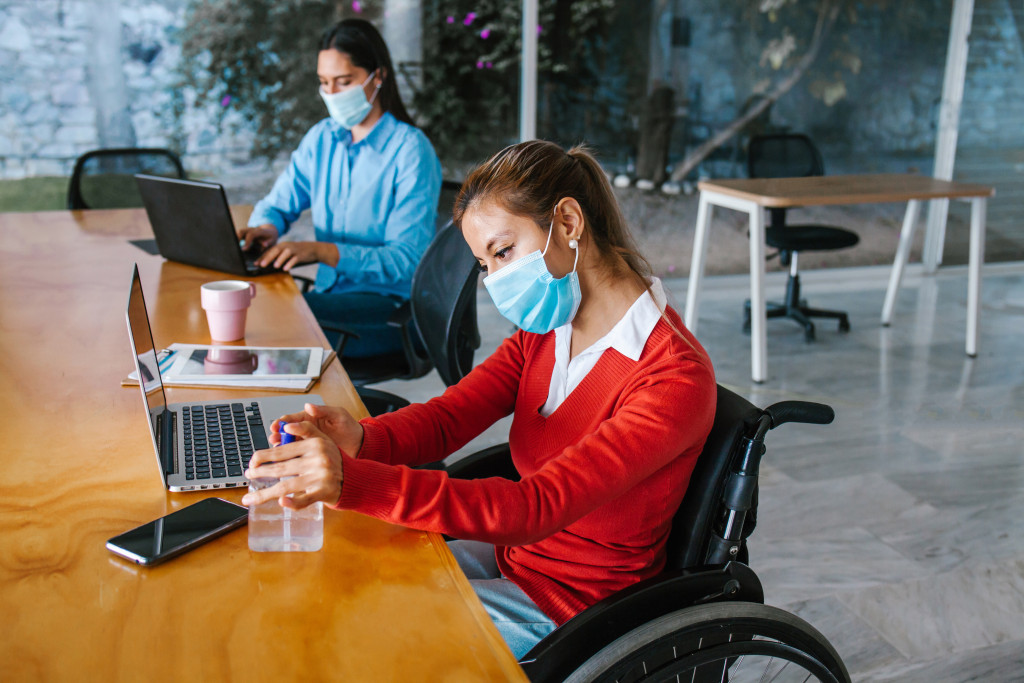The global COVID-19 pandemic has touched thousands of children whose school cancellations have often surprised them, their instructors, and their households. Some students miss class entirely, while others try online courses, frequently encountering technical issues due to connection problems and motivational and psychological issues. These problems highlight a significant emergency management and planning gap in the broader education system concerning schools and colleges.
Contingency Planning
It’s a management technique used to assess the effects of possible crises and make plans to respond quickly and effectively. The tool helps people, organizations, and teams build essential connections that significantly impact an emergency. To prepare for COVID-19, schools need to create contingency plans for several outbreak situations, such as varying degrees of diseases, methods of transmission, and community infection rates.
Doing so will ensure educational institutions appropriately manage uncertainties in the future. The UN Inter-Agency Standing Committee stated that preparation and emergency plans significantly affect effective crisis response.
Promising Action
WHO (World Health Organization) and other allies have healthcare members working in dozens of national offices to guarantee the safety of children, education programs, and vulnerable communities as part of their multi-risk preparation strategy.
With the assistance of WHO and the Red Cross, UNICEF is developing important points and measures for controlling and preventing COVID-19 in institutions, which will serve as the foundation for advice at the country level on risk reduction and safety. It includes checklists, actions, and messages specifically created for teachers, administrators, staff, parents, members of various communities, and the kids and students that attend the school.
Moreover, as the pandemic showed flaws in health preparation, schools have also been targets for mass shootings, especially the recent years. Administrators can implement disaster shooter training courses to prepare the students, staff, and teachers if this unsettling scenario occurs.

Disaster Education for the Vulnerable
WHO defines vulnerability as the inability of organizations, people, or individuals to foresee, resist, cope, and recover after a calamity. This often includes the vulnerable, such as PWD (people with disabilities), malnourished individuals, the elderly, pregnant women, and kids. Numerous studies have confirmed the need for disaster education for all strata of society. However, due to their limits and illnesses, vulnerable individuals require thorough training and care, especially from healthcare professionals.
Elderly and PWD Disaster Education
Elderly individuals require special training for their cognitive needs and physical conditions. Also, psychological assistance for older individuals provided by the young is critical in catastrophe times and should be regarded as a vital tutorial. If communities teach PWDs about emergency planning, they will have the capacity to take care of themselves without the need for assistance. Some studies link such training to post-disaster survival.
Children’s Disaster Education
Although the amount of kids globally impacted by environmental and man-made catastrophes is unknown, the United States estimates that around 1 billion children below 15 years old live in earthquake-prone areas. Also, every year around 175 million youngsters face the problem of climate change.
Children rely on their parents and family members for their cognitive, emotional, and physical needs and safeguarding from catastrophes and disasters. Children’s disaster education programs have recently been deemed an effective method to risk reduction during disasters. Many hypotheses support these programs’ utility. Moreover, educating children can raise their risk perception.
According to research done in Japan, there is a clear relationship between students’ risk mitigation strategies, heightened risk perception, and education. Engaging youngsters to consider how essential prevention and preparedness are in their lives can help them move from knowing to doing. Now is the time to specifically mention disaster education to increase the resilience of children and sharing of knowledge to decrease disaster risk in their families.
Disaster Education for Women
Several organizations identify women as among the vulnerable that are prone to encountering numerous difficulties during a disaster. Moreover, studies found that women are more interested in preparation and education related to crises and disasters. Women’s disaster education can enhance family awareness, education, and preparation, especially among the young. Offices, schools, mosques, informal and formal groups, and other organizations teach women about various topics.
However, fundamental disaster education strategies are still required. After training, most women remain involved members of the group and teach others in the community. The planned women’s disability education should also give light to reproductive health problems.
Final Thoughts
Given the studies on how climate change may impact the incidence of communicable diseases, this COVID-19 pandemic is unlikely to be the last to cause disarray to various communities. Institutions must promptly modify their disaster preparation plans by identifying strategies to educate and support staff, teachers, and kids when the school closes, besides addressing safety and prevention measures for epidemic crises.
Disaster education must improve documentation, evaluation, and monitoring to ensure that different modes and techniques of flexible and online education function successfully for students and instructors while also supporting their psychosocial health.

